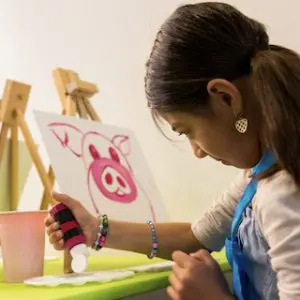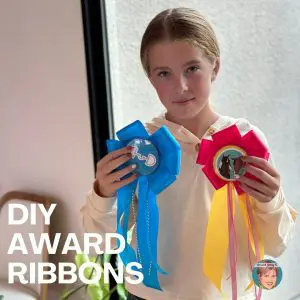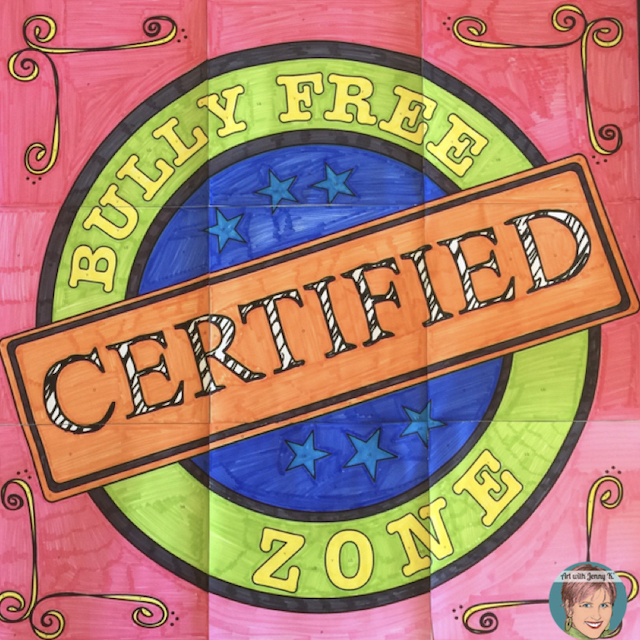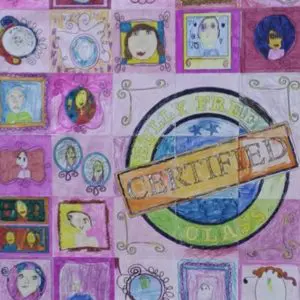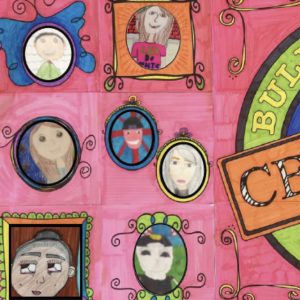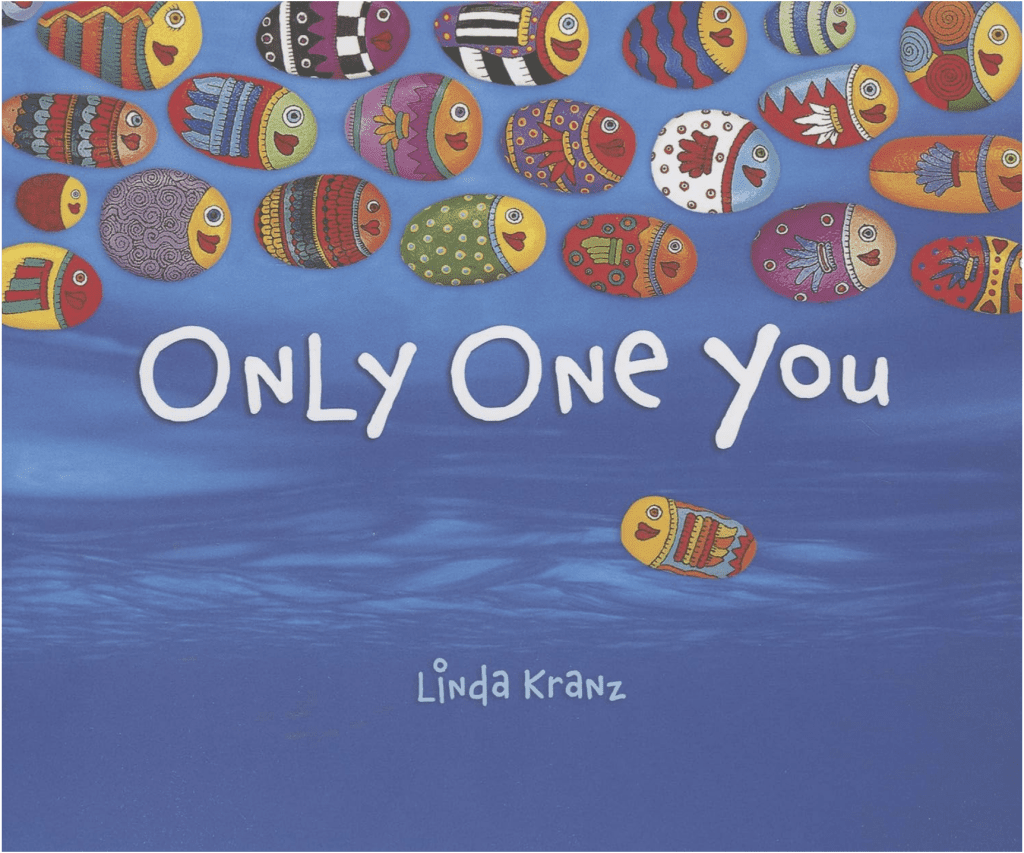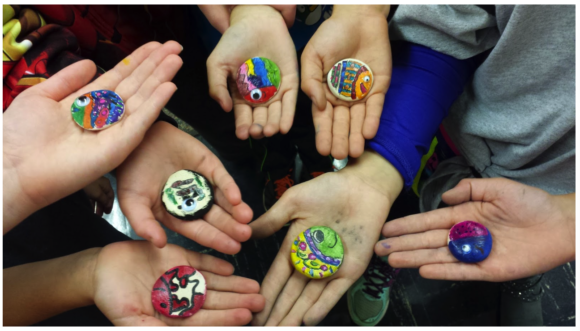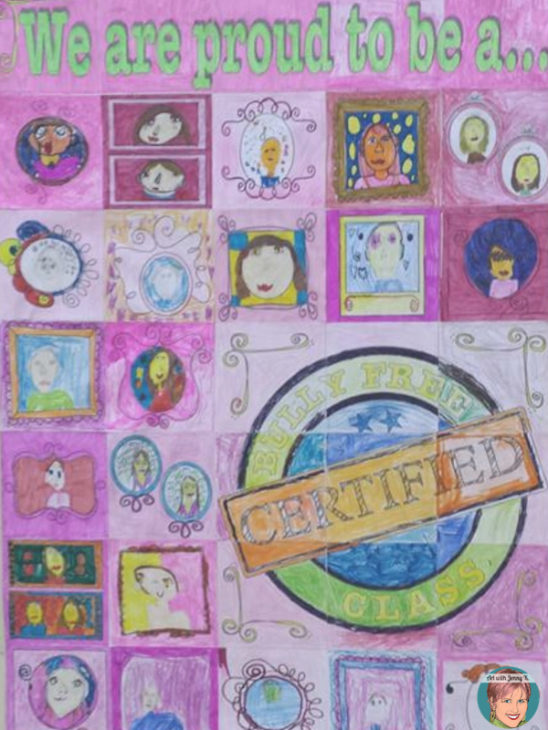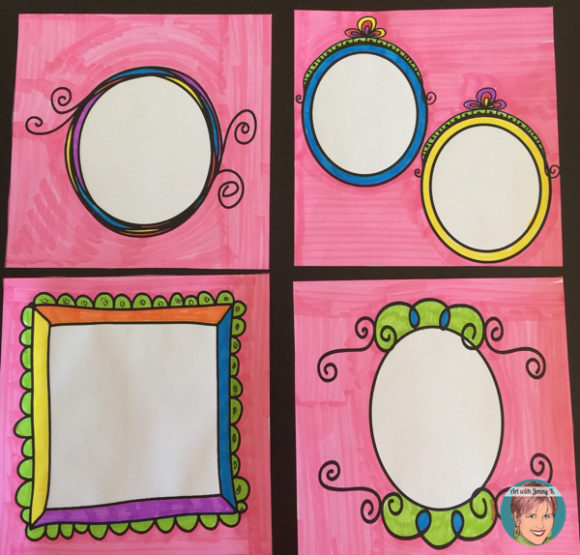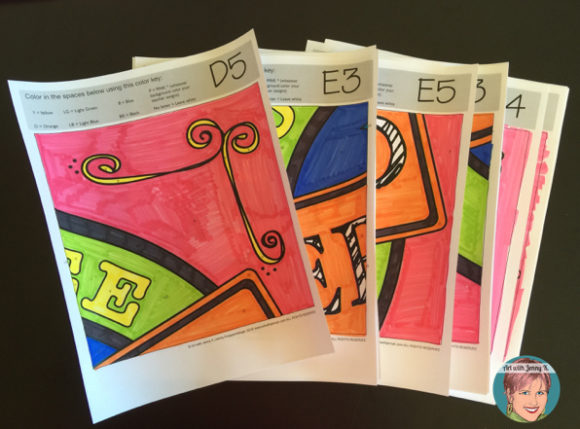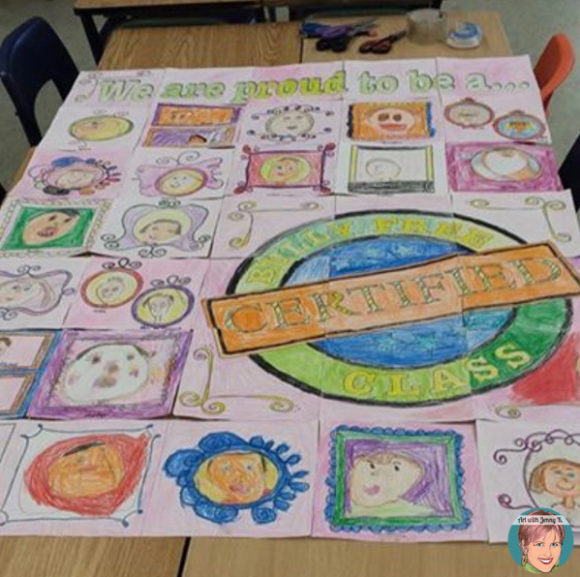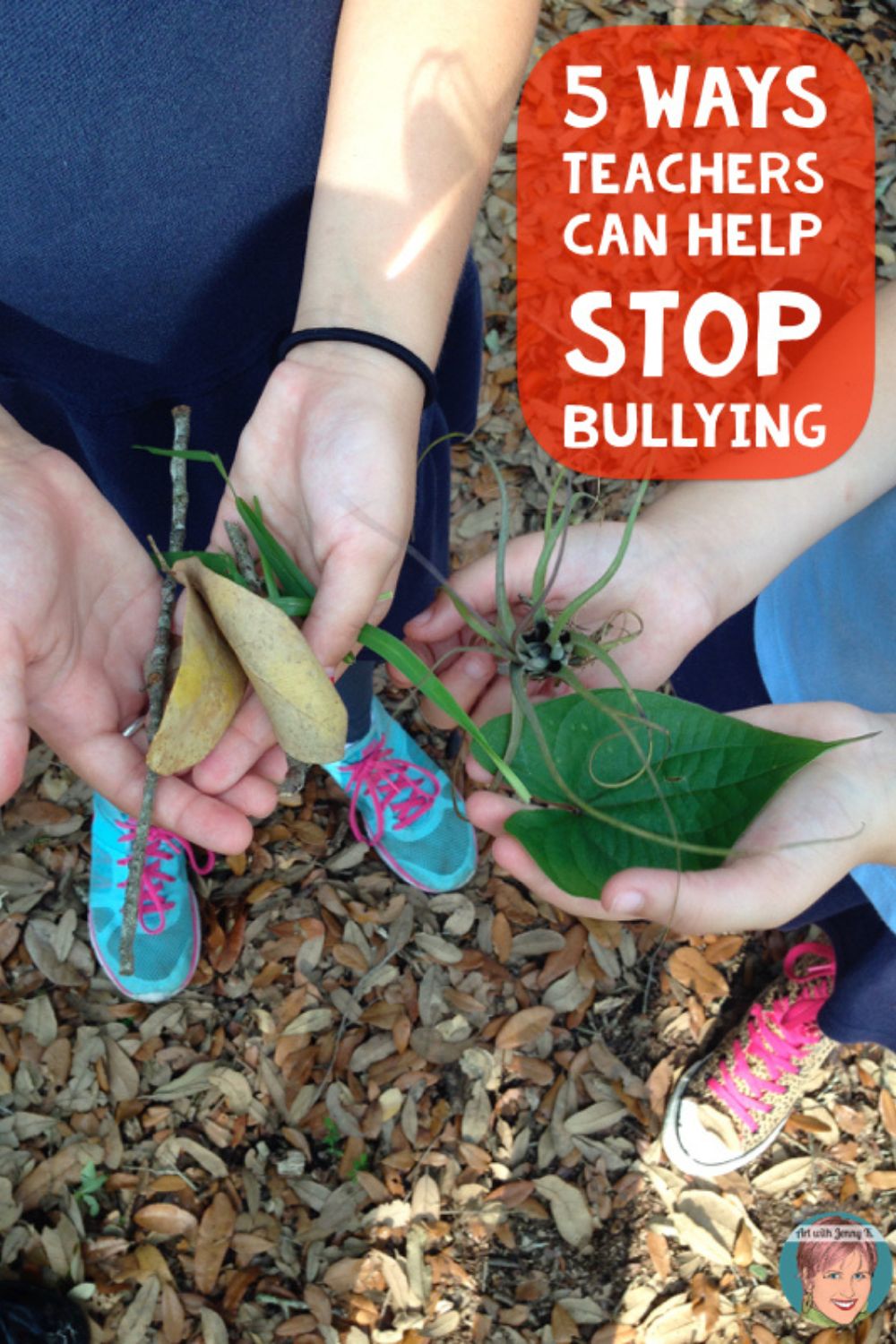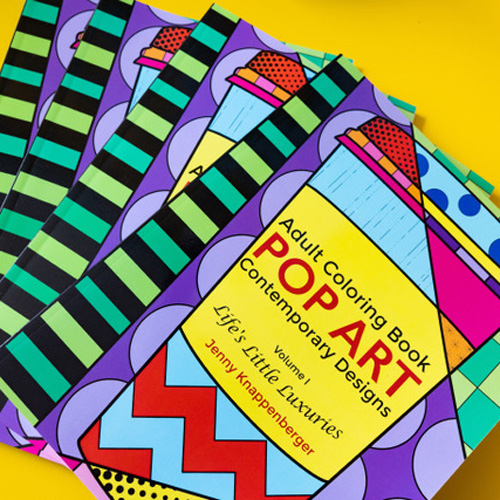With the advent of the digital age, bullying (cyber bullying) has become a lot more serious – even lethal, in cases where young people have taken their own lives after rumors about them were posted online. Acts of bullying aren’t always so catastrophic, but they are undeniably damaging. Research shows that it may be as harmful as child abuse in that it can cause long-term cognitive and emotional deficits. Victims often struggle with anxiety, depression, poor self-esteem, and drug abuse, even into adulthood, according to BrainFacts.org.
And bullying still exists beyond the cyber world, in the hallways and locker rooms of our schools, in workplaces, and across societies. One government report claims that 20 to 28 percent of students in U.S. schools between grades 6 and 12 have experienced bullying and that around 30 percent admit to being bullies in school. If there is a kernel of hope in the research about the effects of bullying, it’s that they don’t have to be permanent. In fact, scientists talk hopefully about the possibility of reversal. That’s good news for educators: They can take comfort in knowing that they can make a difference. More schools are enforcing stricter repercussions for bullying and making counseling available to bullies and the bullied. But another key to fighting bullying lies in being proactive – by creating a caring community in which bullying never finds a foothold.
So what are some things that can help facilitate a no-bully atmosphere in your classroom, school, or community? Here are a few suggestions that I found particularly helpful.
#1 Set the Right Tone
You can set the tone of your bully-free classroom with a great bulletin board or door displays that serve as a constant reminder that a kinder, gentler, more accepting approach wins out over intimidation and non-acceptance. This was a favorite I found on Pinterest.
#2 Have Hard Conversations
As one of the most important adults in the lives of your students, you have a lot of influence when you model ways to talk about hard issues. I encourage you to have a lot of discussions about bullying so children know it’s something they CAN talk to you about and to one another about. I love these “Scenarios to Get Kids Talking About Bullying.”
#3 Use Books
Using books in your classroom is a great way to set the overall culture of your room. Even when students don’t hear you directly talk about bullying, through the books, they start to know on a deeper level that it’s not acceptable. I use books a lot in my classroom (and at home) to talk about the harder issue and topics like this. One of my favorites is Only One You by Linda Kranz:
See disclosure here
#4 Activities and Art Project
Follow up your conversations and books with an all-inclusive, cooperative art project like this one from Mrs. Allen’s art room blog (that pairs well with the “One One You” book linked above).
As teachers against bullying, we have to teach our students how to show kindness, compassion, tolerance, and respect and then broadcast those messages loudly, clearly – and even colorfully.
#5 Collaboration
To that end, I’ve created an anti-bullying collaborative poster that students decorate with their own self-portraits and a message that says, “We are proud to be a certified bully-free class.” This activity includes aspects of all of the suggestions above, especially when lively, open, topical discussions are encouraged as the kids work on their art.
Each self-portrait is arranged within a hand-drawn type frame that students also can color in. This project creates “buy-in” for students as they essentially sign the classroom pledge to be bully-free by drawing their self-portraits.
The portraits are then put together to create this powerful, visually inspiring, and motivating reminder to the children that they are part of a bully-free class (“zone” and “school” also included as options).
The final, overall result is both vibrant and powerful – a celebration of each individual in the class and the community that, together, the students form. Win-win! See my poster HERE.
In some form or another, bullying has probably been around as long as human society, and it might persist well into the future. But we can limit its reach by sending a positive message. And what’s more positive than a collection of your students’ smiling faces? You can display this poster proudly, knowing you’ve brightened the day of those who see it – and maybe even convinced a bully to mend their ways.
Thanks for reading,
Jenny K.
*Art with Jenny K. participates in the Amazon Services LLC Associates Program, an affiliate advertising program designed to provide a means for sites to earn advertising fees by advertising and linking to amazon.com. See my full DISCLOSURE HERE.




